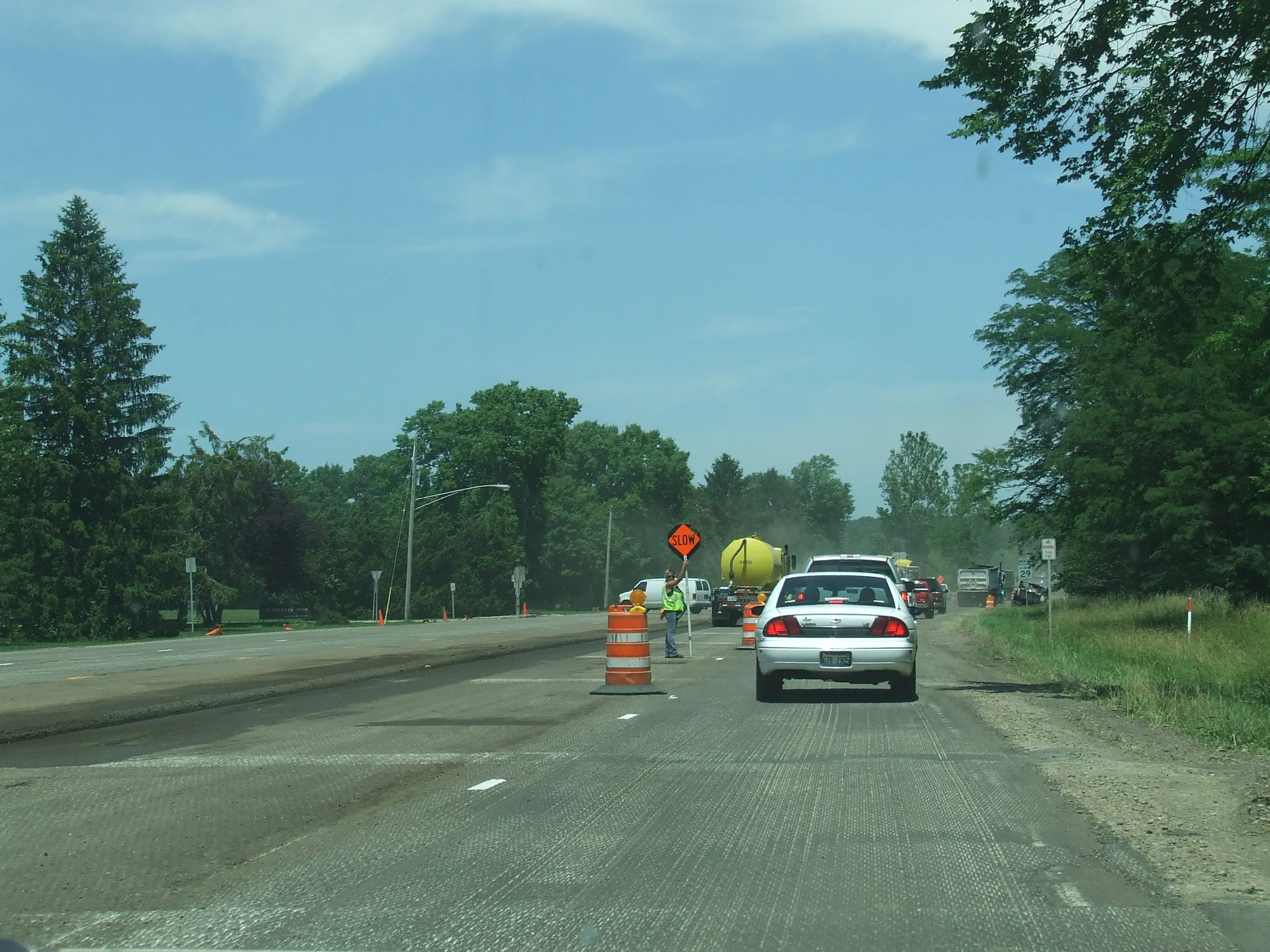
If there were ever a test case for comparing public-private partnerships and design-build contracts, the recently completed Ohio River Bridges Project is it (see previous article).
The US$2.6 billion deal stands out for several reasons and at a time when US public authorities are on their knees over how to fund similar and much needed infrastructure projects. Politicians and private companies are holding their breath as they wait for president Donald Trump’s plan to make available $1 trillion of public and private investment.
Over the past decade, many US states have been moving toward public-private partnership (P3) contracts for not only roads but other infrastructure, such as government buildings, power generation, university development and airports. But there appears to be an increasing pushback by local and state authorities, not to mention the driving public, over private investment in roads that would entail tolls.
Such was the case in Texas last month. The state legislature voted to reject a bill that would have allowed P3 contracts for 18 highway projects costing up to $30 billion. This defeat is in a state that has a history of successful P3 deals. The Texas defeat comes also as the investment rating agency S&P Global, in its annual toll road investment rating report, points to the US overall as a bright spot globally for private investment in tolled highways (see following article).
In a recent television interview, transportation secretary Elaine Chao said the Trump administration is looking to have legislation in place in the third quarter of this year. The general plan is to offer $200 billion in public money to prime investment by the private sector, making around $1 trillion in spending over 10 years, Chao reportedly said. She specifically mentioned that the Texas defeat was likely due to pushback against paying new tolls.
However, the US private sector is in the starting blocks, as noted by David Seaton, chairman and chief executive of Texas-based global engineering firm Fluor and vice chairman of the National Association of Manufacturers.
In an open letter posted on NAM’s website, Seaton urged public authorities to keep the door open for P3 deals. “While public-private partnerships are great tools, they are not the lone solution for every project and they are not free. Investors must eventually be repaid,” he wrote.
“In Virginia, Fluor received multiple recognition awards for our I-495 and I-95 Express Lanes projects. We’re also involved in the Purple Line rail project in Washington, DC. In each of these projects, the partnership between the government and the private sector allowed us to leverage private financing, minimise public risk on complex projects and apply our decades of expertise to meet deadlines and budgets,” he wrote.
The private sector’s fervour for P3 and the public sector’s careful acceptance, and sometime hostility, towards such deals make the two-state Ohio River Bridges Project that much more important.
The state of Kentucky built its Abraham Lincoln Bridge on a design-build contract and must now fund the structure's operation and maintenance. Indiana went the route of an availability payment P3 for its Lewis and Clark Bridge. The consortium including the concessionaire must now make it pay for the next 35 years. It’s early days, but the economics of both contracts will be open to scrutiny for the next 35 years, the length of Indiana’s P3 contract. When the bridge is handed back to Indiana by the WVB East End Partners consortium, a direct comparison can be made of the two bridges’ conditions and the economics of their upkeep.
Ananth Prasad, former secretary of Florida’s Department of Transportation (DoT), is positive that politicians and the public will see the benefits of tolled roads and P3 deals, even if it takes a long time. But he points out that not every tolled road is in private hands. Around 50% or higher of Florida’s new construction is privately operated expressway and government-owned turnpikes, said Prasad who is now national transportation practice leader with HNTB, an engineering and design consultancy in Tallahassee, Florida.
Antipathy toward toll roads is partly a problem of perception, he explained in an exclusive interview with World Highways. It’s one thing to hand over toll money to the government. But it’s salt in the wound if you are handing over money to a private company.
Federal gas tax is 18.4 cents a gallon – 3.8 litres – and then states put on their own gas tax, which varies across the US. The fuel tax, which has been for the sole use of paying for road maintenance and construction, will now never be enough to cover the cost of upkeep and new construction of highways. He says the funding issue is especially acute for states such as Florida and Texas that don’t have a state income tax upon which to call for road financing.
Toll roads have supplied that answer to a degree. “It’s a user-pays response to the issue. So, you are seeing more tolled roads in Florida, Texas and California because of population growth. It’s a pretty direct correlation...and it makes sense.”
Drivers may be disgruntled about the price of fuel, but a toll road is different, he explains. “Tolls aren’t invisible like the gas tax. To some people it seems like every other week they’ve got to replenish their toll account with another $25. It’s much more emotionally direct.
“If you exclude people in the road business, I would guess that over 90% of people would not have a clue how roads are funded. But they see tolls and are very upset, asking why they are paying $50 a month in tolls. That is basically the issue. But from an equity point of view, the customer can also say I’m not paying for the road that I don’t use.”
Prasad cites the 8.8km Orchard Pond Parkway near Tallahassee - Florida’s first privately built toll road. Local millionaire Jeff Phipps spent nearly $3 million of his own money and took a loan of nearly $14 million from Florida’s new state infrastructure bank. The toll road connects to main arteries for faster access to the airport, avoiding the city centre. “It’s a local road for local people. A perfect example of a facility that I am likely never to use and won’t pay for,” says Prasad.
“I think that sometimes people in my industry avoid educating the public because it can be very complicated. But the irony is more and more people are using toll roads. These users might argue that they have no choice. So therein lies the problem. The reason for not having another choice is because the state or region was unable to pay for it.”
Florida has been one of the more progressive states when it comes to embracing P3, he says. Last year Florida passed legislation creating a state finance corporation that can issue debt for infrastructure, design build finance stuff. “Another tool in the toolbox.”
During his time at Florida’s DoT, he saw how a P3 deal can overcome paving workmanship and quality issues. Asphalt is supposed to last 15-17 years and concrete pavement is supposed to last 25-30 years. But some of Florida’s new pavement was failing within three and five years. A standard warranty used to be one-year on materials and workmanship, “which most of the states also have a tough time enforcing”, he said.
“When I was a head of construction [in Florida] in 2002-03, I implemented a three-to-five-year warranty on asphalt and a five-year one on concrete pavement.” He says there really wasn’t that much resistance from contractors. “The vast majority of contractors deliver great products. Everybody makes mistakes and they understood this.”
But in concession models, Florida was effectively getting a 25-to-30-year warranty on the product.
It was also a time when Florida’s DoT was moving toward statistical testing of materials. The DOT would test all the material and hand the results to the contractors. “Instead, we implemented a contractor quality control system where the contractor takes ownership of testing material and they had to correct the situation themselves. Not a lot of states have done this. Some are moving into it more because of issues of government staff levels.”
While Prasad applauds Trump’s focus on infrastructure and more private investment – “we live in exciting times” - he says there remains the thorny issue of states with big miles to cover and low traffic volumes, meaning difficult returns on a private operator’s investment. Getting private interest in toll roads and P3 in states including Kansas, Missouri, Alabama, North and South Dakota could be a problem. There will have to be some mechanism to help investment in such areas “to fulfil the president’s dream”.
Over the next decade the trend – already started in many states – is for DoTs to shift from being “implementers of infrastructure to facilitators of infrastructure” where they guide investment from wherever and whomever it comes.
Prasad has faith in both the public and private sectors to make the necessary accommodations that will see toll roads becoming less controversial. “One thing I learned about the industry while at the DoT, is that while we may disagree on issues, we all agree that we want to make our infrastructure the best,” he says.
“We have great partners in the engineering firms and contractors, even though we may not always agree. I always felt that our industry partners had the taxpayers’ best interests at heart.”








